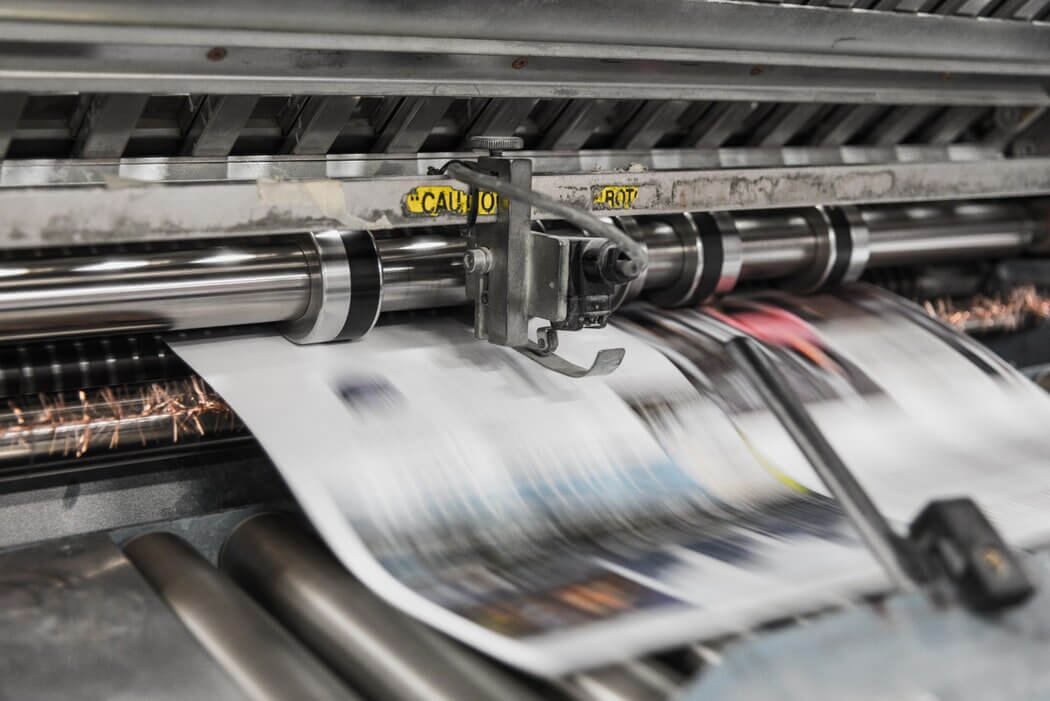Digital printing versus Offset - which is better for your next job?
These are the eternal questions: butter or margarine, sugar or honey, Guinness or Murphys?
When it comes to your next printing project the answer used to be clear cut - offset for high quantity and digital for short runs. Not such an easy answer anymore, because digital is evolving fast, improving price competitiveness and continuing to build on its advantages.
As with any digital technology, the rate of development and improvement in digital printing is exponential. This improvement has spurred many formerly sceptical ‘offset only’ print buyers to take a deeper look at how digital printing can improve their projects.
Setting your product apart
Let’s discuss the current state of digital printing. But first, why does it matter?
“Brand owners need to be creative, nimble, and master collaborators. A well-designed, well-placed, high-quality package sets a brand apart from others. Digital printing offers the ability to be on target, and the possibility to be in market a few days after an idea strikes.” - Sebastian Stabel, Xeikon.
Shorter runs
Seventy-nine per cent of brand owners say that packaging is a key marketing tool for their companies, according to a survey in Packaging Digest. With ever-shortening life cycles, marketers and packaging buyers need to be able to produce high-quality appealing output in relatively small quantities. They also need flexibility in how the market responds to their products. This flexibility is at the core of digital printing’s proposition. Shorter runs also means less waste: you produce exactly what you need, no more.
Creativity, agility and precision
All of these components - time to market, shorter runs, sustainable practices, higher quality, and consistency of output - are important building blocks for the packaging proposition. These elements combine with the creative idea, and here digital printing really shines, from a number of perspectives.
Material: A package is no longer just a method of transportation. Everything from the label to the box itself is, literally, a blank canvas.
Personalisation: Digital printing allows extreme personalisation. A meal-kit company like Blue Apron can include named and targeted menus, pairing recommendations and reviews within its package, even with a relatively short, and certainly time-constrained print run. Similarly, a pharmaceutical manufacturer has strict regulations around everything from the quality of the package, to font size, to time stamping. For many medicines, these parameters must be achieved in shorter runs, an ideal environment for digital printing.
Quantity: Offset printing is still, and will probably remain, an ideal method for large run jobs, even as the gap in cost per sheet between offset and digital is closing rapidly. However as the world readjusts to a post-pandemic business environment, the winning strategies are built around agility and flexibility. Digital printing is ideal for these strategies, and this stance is driving the growth of many companies like ours.
Innovate with us
The opportunity for digital printing is significant, and we feel the demands from packaging buyers and brand guardians will drive it to a far greater percentage of total print output. Tech leaders like HP, creators of our Indigo Digital Press, are driving the innovation and value curves. We are constantly welcoming new customers who want to see just what our Indigo can do for their business.
The conversations spark ideas and creative directions, and we’re delighted to showcase the difference that digital printing will make to their proposition. Set up an appointment with us today, and let’s explore your digital future together.

